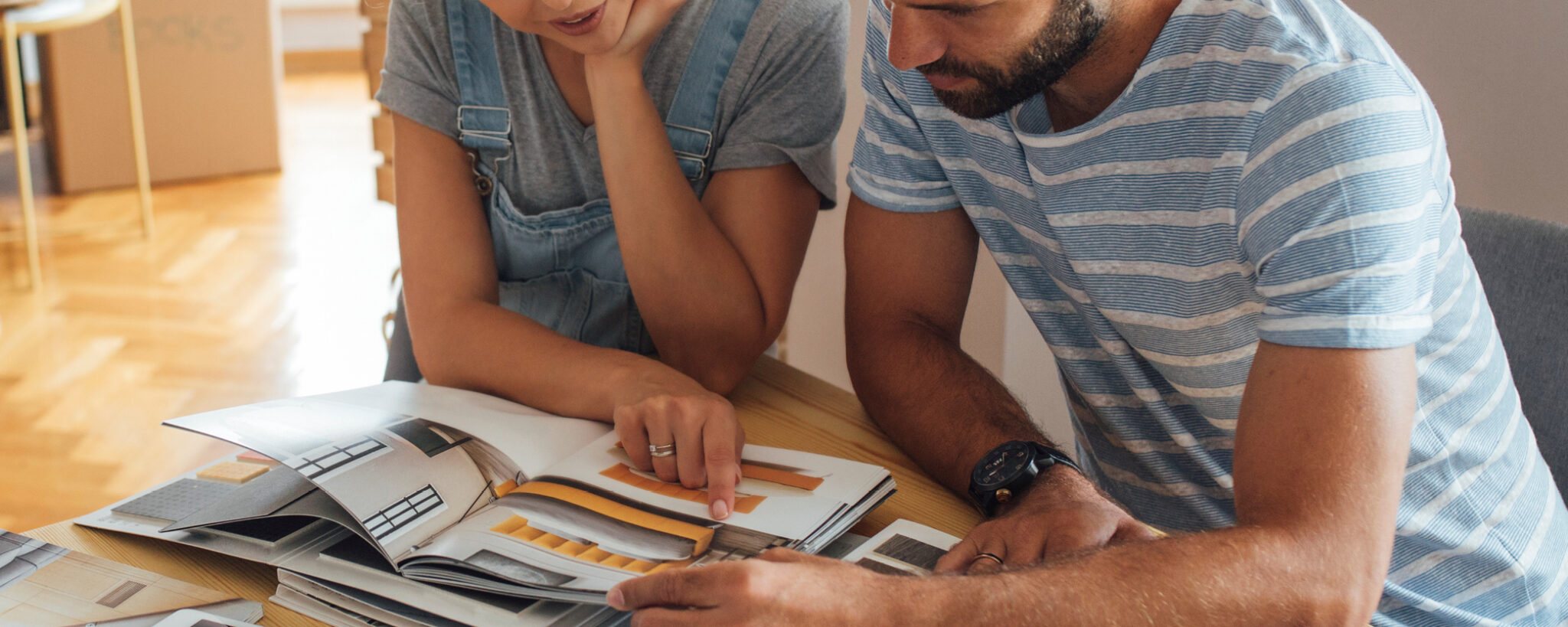
Buying your first home is an exciting milestone, but it can also be a bit overwhelming. With various steps, legal processes, and financial considerations to navigate, it’s important to break down the journey into manageable stages. This checklist is designed specifically for first-time homebuyers in Australia, offering a clear roadmap to guide you through each step of the process.
1. Assess Your Financial Readiness
Before you dive into house hunting, it’s essential to understand your financial situation and ensure you’re ready for the responsibilities of homeownership.
- Check Your Credit Score: Your credit score will impact the interest rates and loan terms you’re offered. Aim for a score of 600 or above for better chances of securing a loan with a competitive interest rate.
- Save for a Deposit: In Australia, most lenders require at least a 10-20% deposit of the property’s purchase price. If you’re a first-time buyer, you may be eligible for a First Home Owner Grant (FHOG) or First Home Loan Deposit Scheme (FHLDS) to help with the deposit.
- Calculate Your Budget: Work out how much you can afford to borrow and what your monthly repayments will be. Use online calculators to get an estimate based on different loan amounts, interest rates, and loan terms.
- Get Pre-Approval for a Home Loan: This step is crucial in understanding how much you can borrow. A pre-approval also shows sellers you’re a serious buyer and can give you an edge in a competitive market.
2. Understand Your Home Loan Options
There are various home loan products available in Australia, and it’s essential to find the right one for your needs.
- Variable Rate Loans: These loans have interest rates that can change over time. They may start lower, but there’s uncertainty around future rate rises.
- Fixed Rate Loans: The interest rate stays the same for a set period (usually 1-5 years). Fixed rates provide stability but may be higher initially compared to variable rates.
- Interest-Only Loans: These loans allow you to only pay interest for a set period (usually 1-5 years), which can lower your initial repayments. However, the principal amount doesn’t decrease during this time.
- Government Schemes: Explore options like the First Home Loan Deposit Scheme, First Home Super Saver Scheme, or the First Home Owner Grant. These schemes can assist with the deposit and reduce costs for first-time buyers.
Speak with a mortgage broker or lender to compare home loan options and find the one that best suits your financial situation.
3. Choose the Right Location
Location is a key factor in your home-buying decision. In Australia, property prices can vary significantly depending on where you live, so it’s important to consider the following:
- Research Suburbs: Look at different suburbs that meet your lifestyle preferences. Consider factors such as proximity to work, public transport, schools, shopping, and recreational facilities.
- Understand Future Growth: Some areas are experiencing significant growth in terms of infrastructure development, while others may be slower to appreciate in value. Research property trends and upcoming developments.
- Neighbourhood Safety and Amenities: Take the time to check out local amenities like schools, parks, healthcare facilities, and safety records. Ensure the area matches your lifestyle preferences and long-term goals.
4. Begin House Hunting
Once you have your finances in order and have chosen your location, it’s time to start searching for the perfect home.
- Set Your Priorities: Consider your must-haves versus nice-to-haves, such as the number of bedrooms, type of property (house, townhouse, apartment), and additional features (backyard, garage, or pool).
- Work with a Real Estate Agent: An experienced real estate agent can help you navigate the market, suggest properties that meet your criteria, and negotiate on your behalf.
- Attend Open Homes and Inspections: Open homes and private inspections are key to getting a feel for the property. You’ll be able to evaluate the space, the condition of the property, and the local area.
5. Conduct Due Diligence
Once you find a property you’re interested in, you must ensure that it’s in good condition and free of potential legal issues.
- Hire a Building Inspector: A professional building inspector will assess the property for any structural issues, pests, or other potential problems, such as damp or faulty wiring.
- Get a Pest Inspection: In addition to a general building inspection, consider hiring a pest inspector to check for issues like termites or other pest infestations.
- Conduct a Title Search: Ensure there are no outstanding legal issues tied to the property, such as unpaid taxes, easements, or zoning issues. A solicitor or conveyancer can help with this.
6. Make an Offer and Negotiate
Once you’ve done your inspections and are happy with the property, you can make an offer.
- Offer Price: Consider the asking price and compare it with similar properties in the area. Your agent can help you determine a reasonable offer.
- Negotiate: Be prepared to negotiate. Depending on the market, the seller may be open to reducing the price or offering concessions, such as covering some of the closing costs.
- Conditional Offers: Include conditions in your offer, such as securing finance, the results of the building and pest inspections, or the sale of your current home.
7. Finalise Your Home Loan
Once your offer is accepted, you’ll need to finalise your home loan application.
- Submit Required Documents: Provide all necessary documents to your lender, such as your pay slips, bank statements, and ID. The lender will also conduct a valuation of the property.
- Secure Lenders’ Mortgage Insurance (LMI): If your deposit is less than 20%, you may be required to pay LMI. This insurance protects the lender in case you default on the loan.
- Organise Home and Contents Insurance: Lenders will often require proof of home insurance before settlement. This protects your property and belongings in case of loss or damage.
8. The Settlement Process
Settlement is when the ownership of the property is officially transferred to you.
- Review the Settlement Statement: This document outlines the final costs involved in the transaction, including any outstanding fees or charges.
- Final Walkthrough: It’s a good idea to conduct a final inspection of the property before settlement to ensure everything is in order.
- Transfer the Funds: On settlement day, your lender will provide the funds to complete the purchase. Once the payment is made, the property is officially yours.
9. Moving Into Your New Home
Now that you’ve completed the legal processes and settlement, it’s time to move in and make the house your home!
- Set Up Utilities: Organise utilities such as electricity, gas, water, and internet. Most Australian states and territories have different providers, so take the time to compare rates.
- Change the Locks: For security reasons, change the locks as soon as you move in.
- Unpack and Personalise: Start settling into your new space and take your time unpacking. This is your opportunity to make your new house feel like home.
Conclusion
Buying your first home in Australia can seem like a complex process, but by following this checklist, you can stay organised and ensure you make informed decisions. With careful planning, the right financial strategy, and guidance from professionals, you’ll be well on your way to becoming a proud homeowner.







